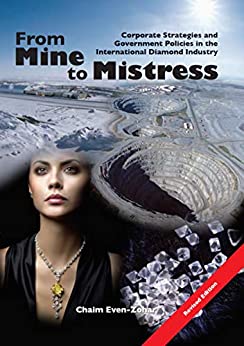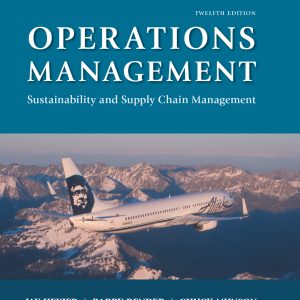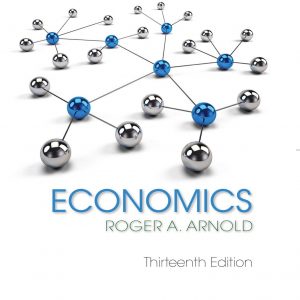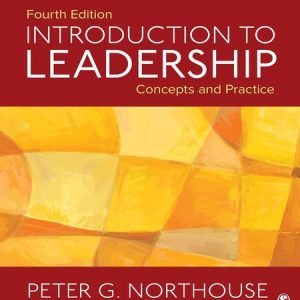Secrecy clouds the entire diamond industry; its inner workings are often unclear to corporate and governmental decision-makers. Moreover, the rapid globalisation of the industry is impacting on corporate strategies, and producer-country governments are demanding domestic beneficiation.
This is not just an economic text, but rather a comprehensive history of each and every major diamond mining, manufacturing and consumer market in the world. It explains many of the interactions within the industry which hitherto have never been shared outside of the diamond fraternity.
Meanwhile, the ‘un-cartelisation’ of the traditional monopoly structure has enhanced competition, causing a traditionally fragmented value chain to reorganise through growth or consolidation.
This book is about adding value in the diamond pipeline from the mine (upstream) to the retail consumer (on the downstream side). At each level of the value chain, the revenue optimisation choices are discussed.
What all decision-makers require is access to industry information, and an answer to their questions. These might include:
• Why does a government need a diamond valuator?
• If a producer sells on an arm’s-length basis, is there reason to doubt the veracity of the company’s audited results?
• Is there a need for specific diamond-industry legislation?
• Should players in the downstream processing industry be licensed?
• Why are there special fiscal understandings between traders and manufacturers, and their respective governments?
• Is it still necessary for a government to have the right to limit the value of rough diamonds sold?
This book does not give all the answers but it describes the systems as they operate today, and identifies the interaction among all industry players. Taken in its entirety, this book will leave you with a wealth of information.
It should be thought-provoking, and enhance your understanding of what it takes to perpetuate the Diamond Dream.
This is not just an economic text, but rather a comprehensive history of each and every major diamond mining, manufacturing and consumer market in the world. It explains many of the interactions within the industry which hitherto have never been shared outside of the diamond fraternity.
Meanwhile, the ‘un-cartelisation’ of the traditional monopoly structure has enhanced competition, causing a traditionally fragmented value chain to reorganise through growth or consolidation.
This book is about adding value in the diamond pipeline from the mine (upstream) to the retail consumer (on the downstream side). At each level of the value chain, the revenue optimisation choices are discussed.
What all decision-makers require is access to industry information, and an answer to their questions. These might include:
• Why does a government need a diamond valuator?
• If a producer sells on an arm’s-length basis, is there reason to doubt the veracity of the company’s audited results?
• Is there a need for specific diamond-industry legislation?
• Should players in the downstream processing industry be licensed?
• Why are there special fiscal understandings between traders and manufacturers, and their respective governments?
• Is it still necessary for a government to have the right to limit the value of rough diamonds sold?
This book does not give all the answers but it describes the systems as they operate today, and identifies the interaction among all industry players. Taken in its entirety, this book will leave you with a wealth of information.
It should be thought-provoking, and enhance your understanding of what it takes to perpetuate the Diamond Dream.











